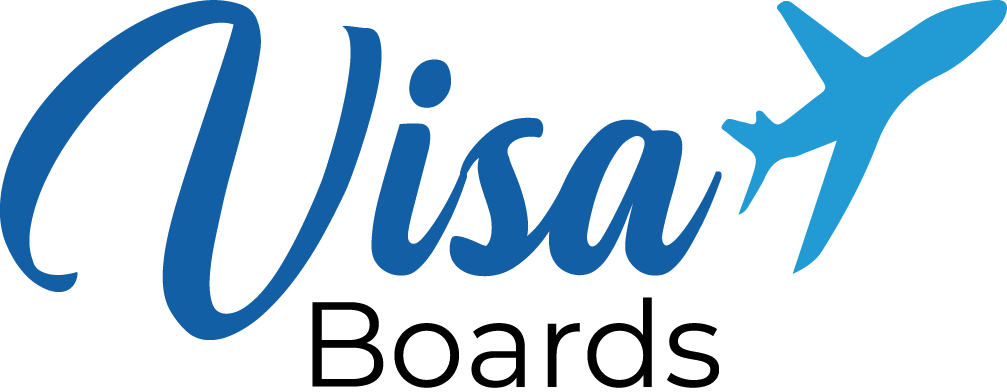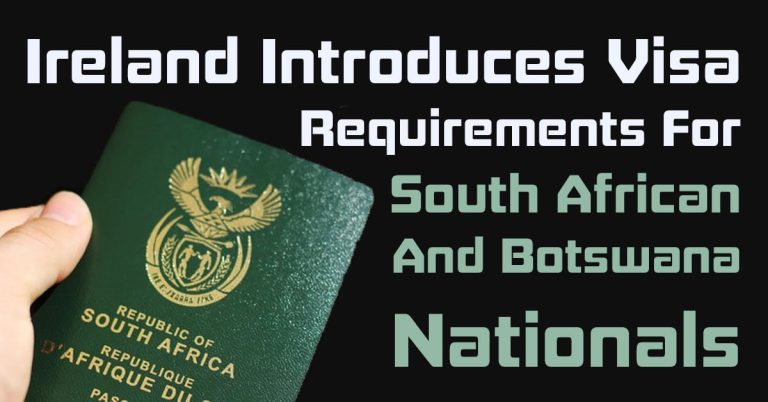New Zealand Restricts Work Visa Holders from Bringing Dependents

New Zealand has implemented significant changes to its Accredited Employer Work Visa (AEWV) program, effective from June 26, 2024. These changes impact AEWV holders at ANZSCO levels 4 and 5 without a pathway to residency, limiting their ability to sponsor visas for their partners and dependent children.
Details of the Changes

Sponsorship Restrictions
Holders of AEWVs in jobs classified at ANZSCO skill levels 4 and 5 without a residency pathway can no longer sponsor work, visitor, or student visa applications for their partners and dependent children. However, partners and dependent children can still apply for visas independently, such as an AEWV or international student visa, if they meet the necessary criteria.
Exemptions
Certain categories are exempt from these new restrictions:
- Individuals already holding visas as a partner or dependent child.
- AEWV holders in ANZSCO level 4 and 5 roles with a pathway to residency, such as those on the Green List or under sector agreements.
- Those earning at least 1.5 times the median wage threshold for the Skilled Migrant Category.
Applications in Progress
Applications in progress as of June 26, 2024, will be assessed under the regulations in place at the time of application. This ensures continuity and fairness for those who had already applied before the new rules took effect.
Government Response
Addressing Migration and Economic Priorities
The New Zealand government has made these changes to align with broader adjustments to the AEWV scheme made earlier this year, which aimed to manage net migration and support economic priorities. This new restriction returns settings to those similar to the previous Essential Skills Work Visa program.
Income Requirements
AEWV holders in ANZSCO skill levels 4 or 5 who earn less than NZD $47.41 per hour may still sponsor visas for their partners or dependent children under certain conditions. For sponsoring a partner’s work visa, earnings must be at least NZD $29.66 per hour. For a dependent child’s visitor or student visa, annual earnings must be at least NZD $43,322.76.
High earners (at least NZD $59.32 per hour) or those in Green List jobs meeting specific requirements can sponsor a work visa with open conditions.
Additional Information
New Zealand’s Immigration Goals
These changes are part of a broader effort by the New Zealand government to streamline the visa application process and ensure it aligns with the country’s economic and immigration priorities. The government aims to manage the influx of foreign workers while attracting highly skilled talent needed in various sectors, such as healthcare and education.
Visa Application Statistics

In the first three months of 2024, over one million people entered New Zealand, with the majority arriving on visitor visas. This high volume of entries has prompted the government to reassess and tighten visa regulations to ensure sustainable migration and economic stability.
FAQ
AEWV holders at ANZSCO levels 4 and 5 without a residency pathway can no longer sponsor work, visitor, or student visa applications for their partners and dependent children.
Exemptions include those already holding visas as partners or dependents, AEWV holders with a residency pathway, and those earning at least 1.5 times the median wage threshold for the Skilled Migrant Category.
Yes, they can apply independently for an AEWV or international student visa if they meet the necessary requirements.
The changes aim to manage net migration and support New Zealand’s economic priorities by aligning the AEWV scheme with broader immigration adjustments.





